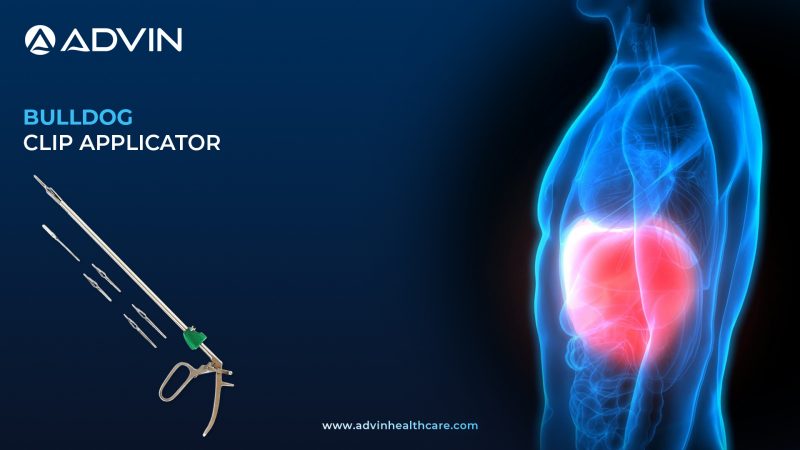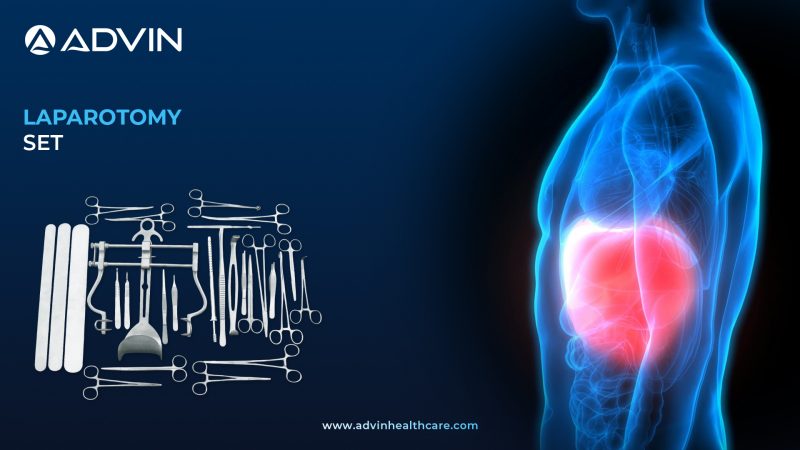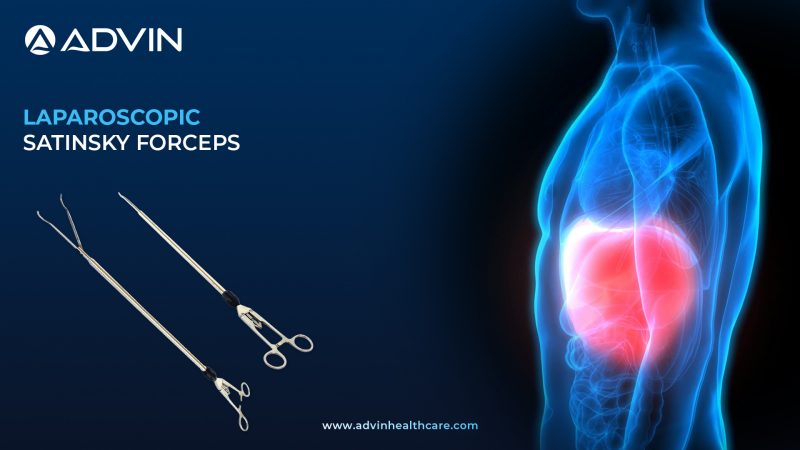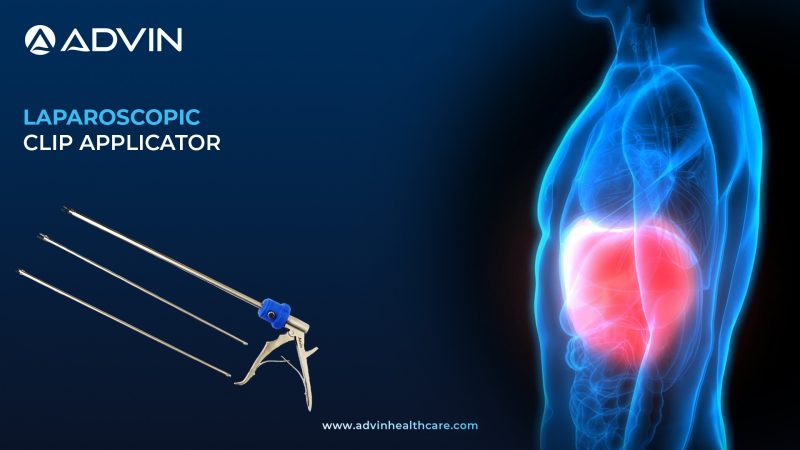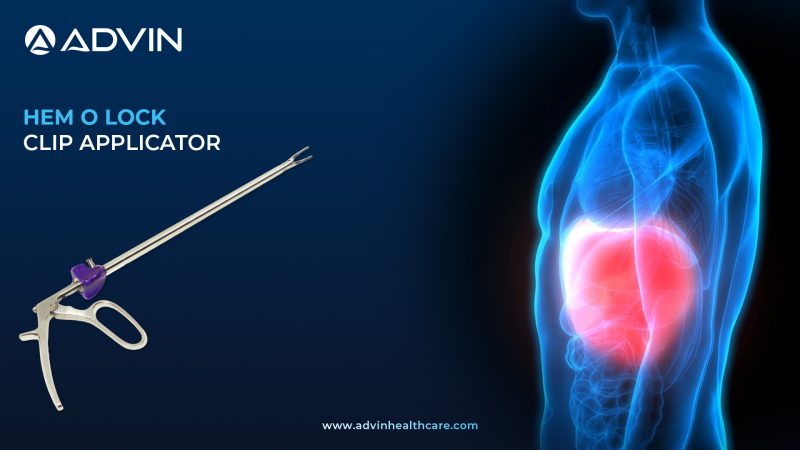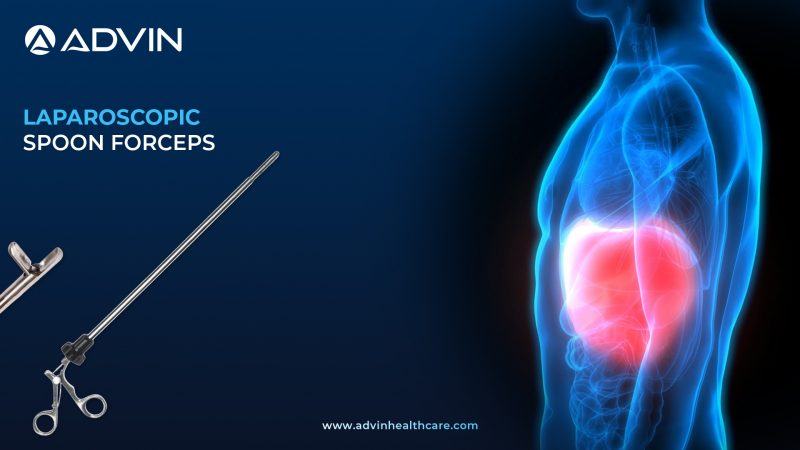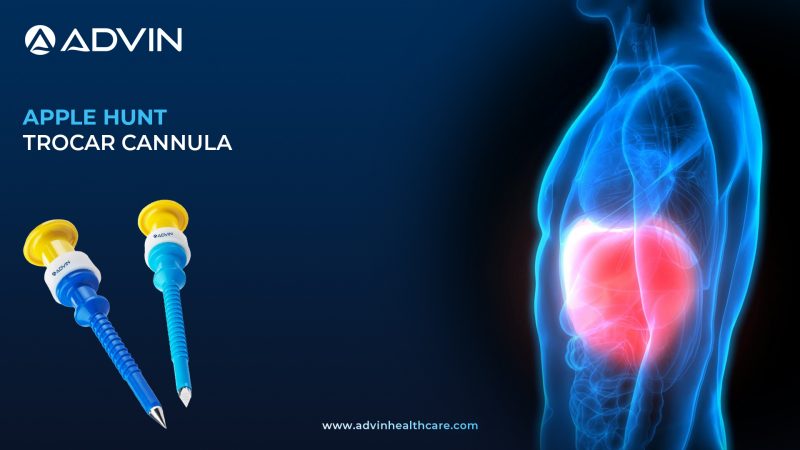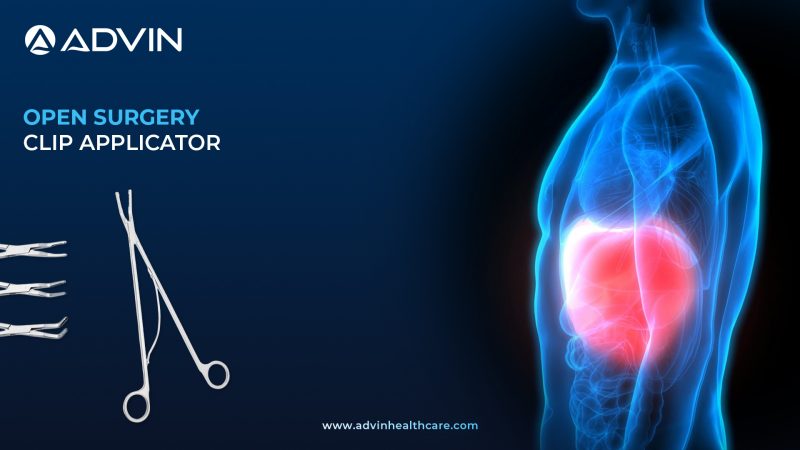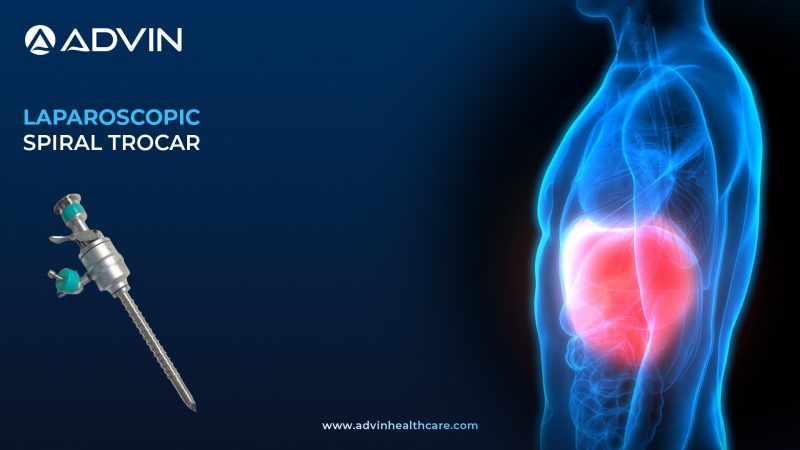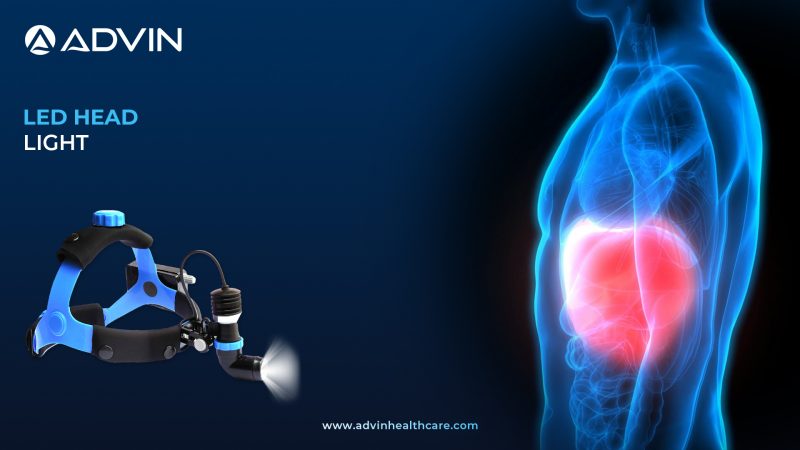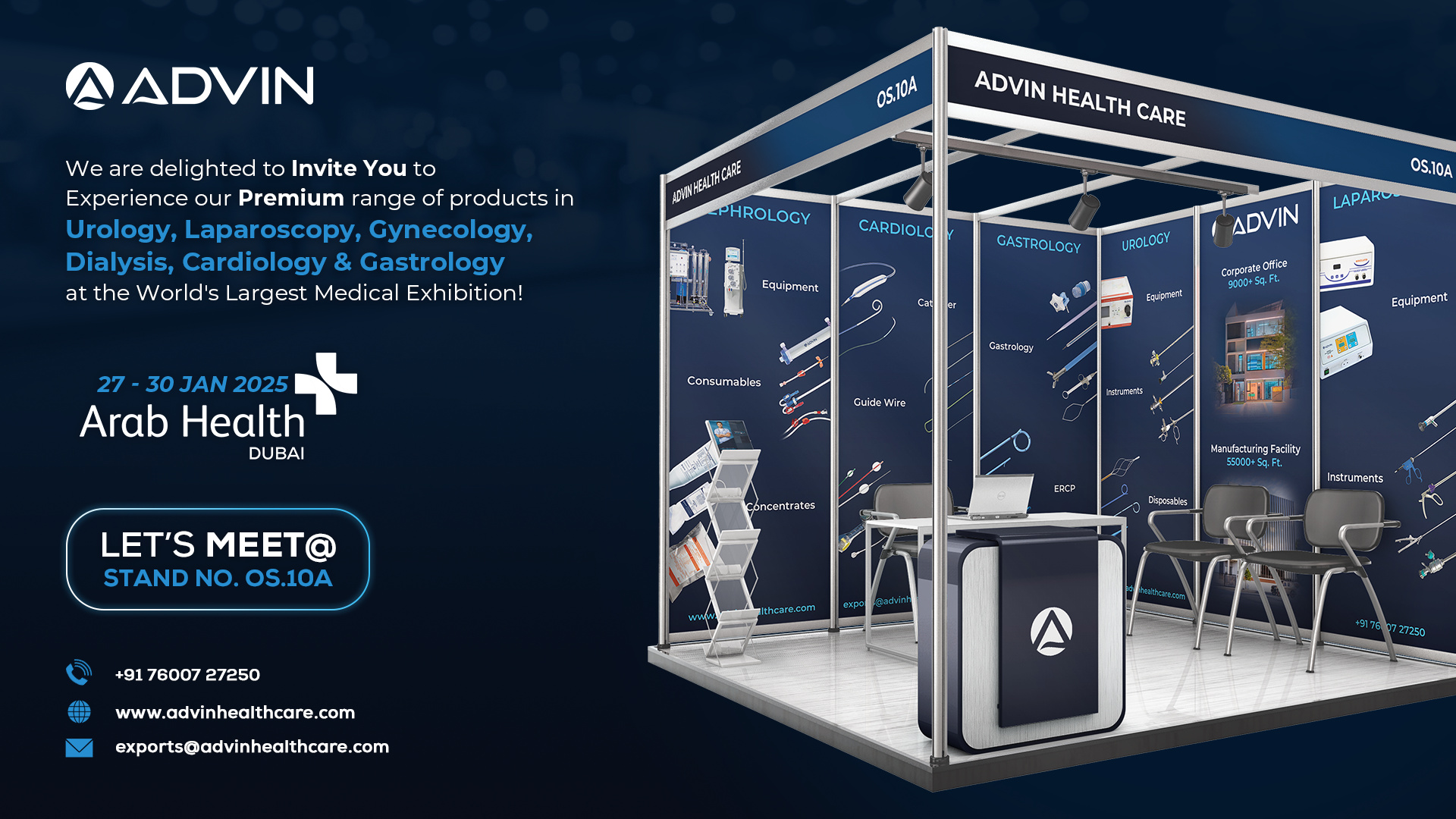Introduction to Bulldog Clip Applicator – Precision Vascular Occlusion in Modern Surgery
The Bulldog Clip Applicator is a surgical instrument used to place bulldog vascular clips during laparoscopic and open procedures. It allows surgeons to clamp blood vessels temporarily with accuracy and minimal tissue trauma. Advin Health Care provides high-quality bulldog clip applicators designed for smooth loading, secure grip, and precise clip deployment.
Evolution of Bulldog Clip Applicators – Advancements in Temporary Vascular Control Devices
Bulldog clips have been used in vascular surgeries for decades to achieve temporary occlusion of blood flow. As minimally invasive surgery expanded, newer applicators were developed for easier clip loading and controlled application. Improvements in handle ergonomics, jaw alignment, and stainless steel material enhanced reliability. Today, bulldog clip applicators are essential tools in vascular, laparoscopic, and microsurgical procedures.
Brief Overview – Structure, Function & Surgical Importance of Bulldog Clip Applicators
Advin Health Care manufactures Bulldog Clip Applicators designed for accurate and safe placement of vascular bulldog clips during surgery. These applicators feature a precise jaw mechanism that ensures stable clip holding and controlled release. Their ergonomic handle design reduces fatigue and offers better instrument control. They are compatible with various bulldog clip sizes used in vascular and urological surgeries. The applicators are durable, autoclavable, and engineered for consistent surgical performance.
Surgical Procedures Utilizing Bulldog Clip Applicator – Vascular, Urology & General Surgery Applications
- Laparoscopic Urology Procedures
- Vascular Surgery
- Laparoscopic Nephrectomy
- Laparoscopic Partial Nephrectomy
- Open Kidney Surgery
- General Surgery Vascular Control
- Gynecologic Laparoscopic Procedures
- Robotic Surgery Vascular Occlusion
How to Use a Bulldog Clip Applicator – Step-by-Step Guide for Safe Clip Placement & Removal
- Sterilize the instrument before use.
- Select the correct bulldog clip size for the vessel.
- Load the clip securely into the applicator jaws.
- Introduce the applicator to the surgical site.
- Position the clip on the target vessel and apply gently.
- Remove the applicator after ensuring proper clip placement.
Clinical Benefits – Controlled Vessel Occlusion, Reduced Trauma & Enhanced Surgical Precision
- Ensures secure temporary vascular occlusion
- Provides precise clip placement with minimal effort
- Reduces bleeding during delicate surgical steps
- Compatible with multiple clip sizes
- Ergonomic and surgeon-friendly design
- Reusable and fully autoclavable
- Minimizes tissue trauma compared to traditional clamps
Also Known As – Vascular Bulldog Clamp Applicator / Temporary Occlusion Clip Applicator
Laparoscopic Bulldog Clip Applicator, Bulldog Vascular Clip Applier, Bulldog Clamp Applicator, Laparoscopic Vascular Clip Forceps, Surgical Bulldog Clip Forceps, Vascular Occlusion Clip Applicator
Advin Bulldog Clip Applicator – Key Features, Build Quality & Technical Specifications
- Precision Clip Application for Laparoscopic Procedures
- Advin Health Care is a leading manufacturer of Bulldog Clip Applicators designed for accurate vascular control and smooth clip deployment. Made from high-grade stainless steel, these applicators ensure reliability, durability, and consistent performance throughout complex surgical procedures.
- Advin Bulldog Clip Applicator is designed to provide surgeons with superior control, convenience, and accuracy during laparoscopic surgeries. It ensures smooth application and removal of bulldog clips for effective vessel and tissue occlusion.
Advanced Features
- Large portfolio including six bulldog clips and one intestinal clip
- Defined closing force clearly marked on each clip
- Available in straight and angled models
- Provides easy and secure clip application & removal
- Bulldog clips feature atraumatic DeBakey serrations for gentle yet firm grip
- Durable and highly compatible with standard laparoscopic systems
- Corrosion-resistant construction for long life
- High-performance, sturdy stainless-steel body
- Rigid, ergonomic handle for improved grip and control
Get Connected:
+91-70717 27261 | urology@advinhealthcare.com | www.advinhealthcare.com

